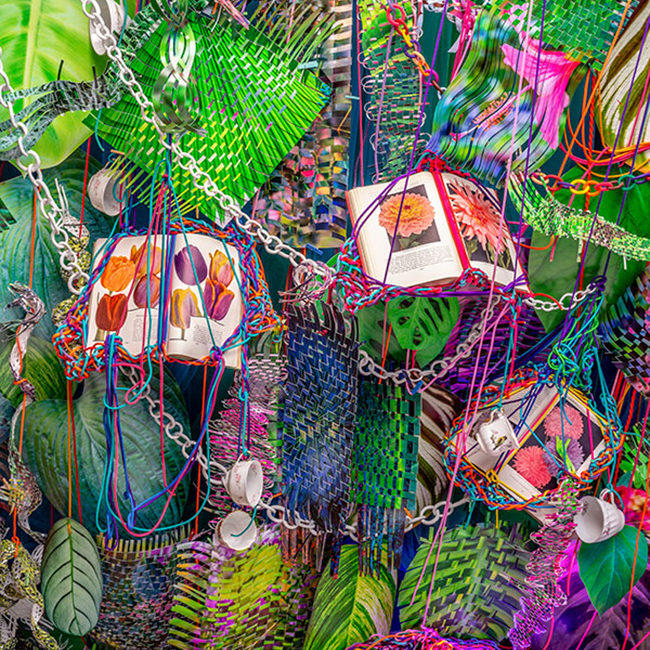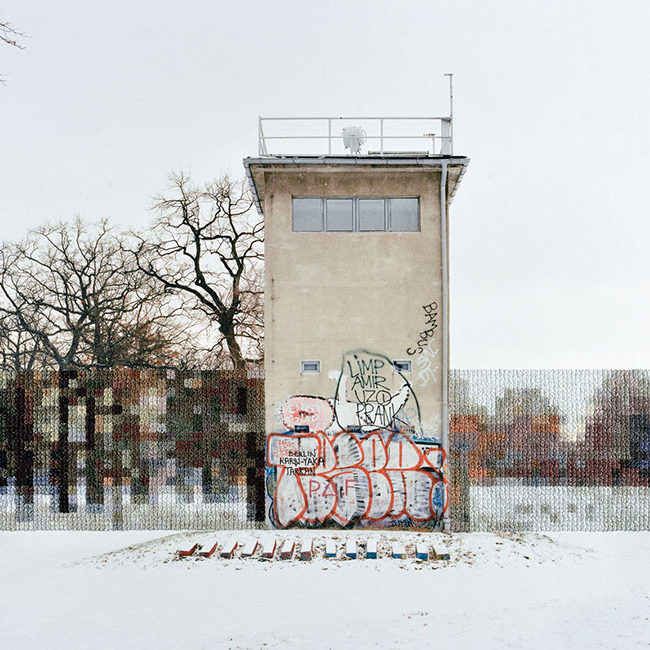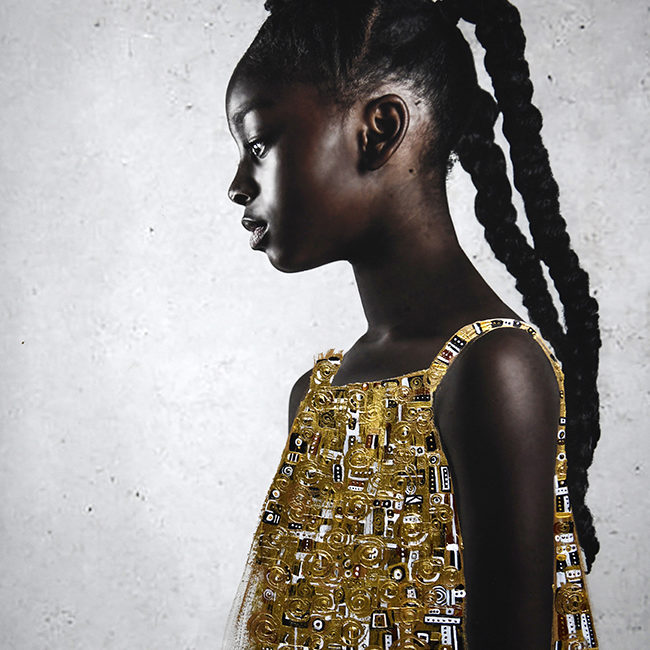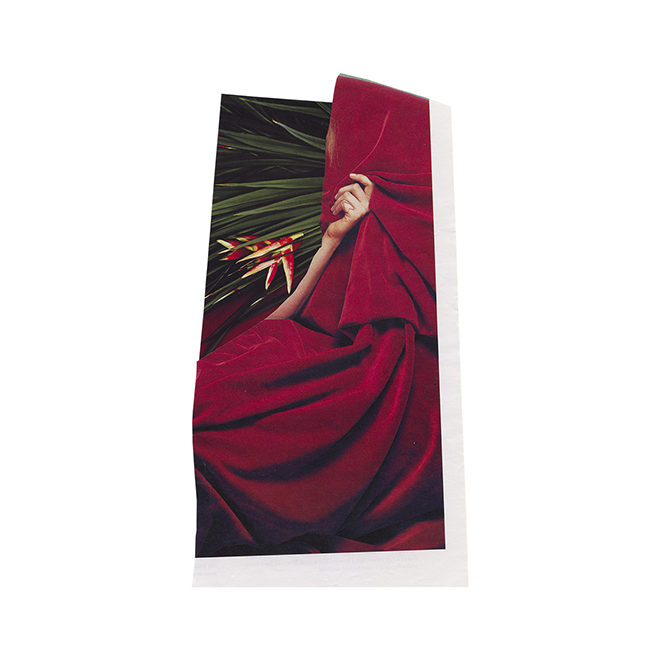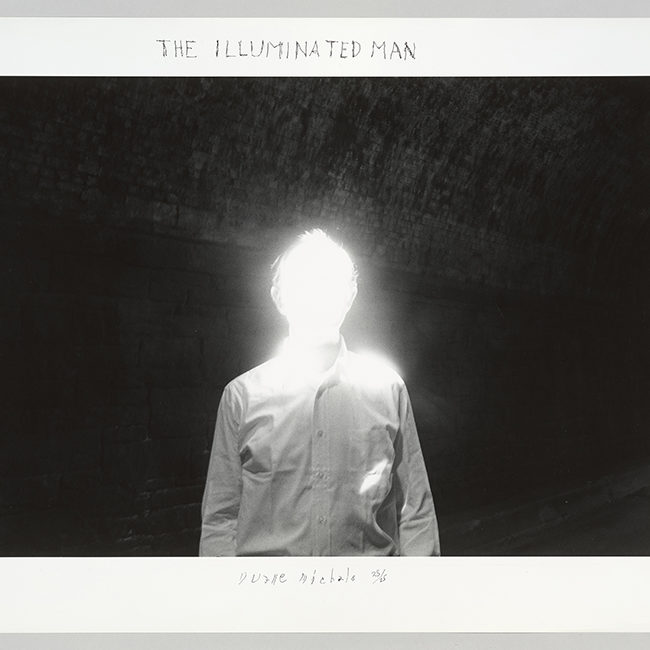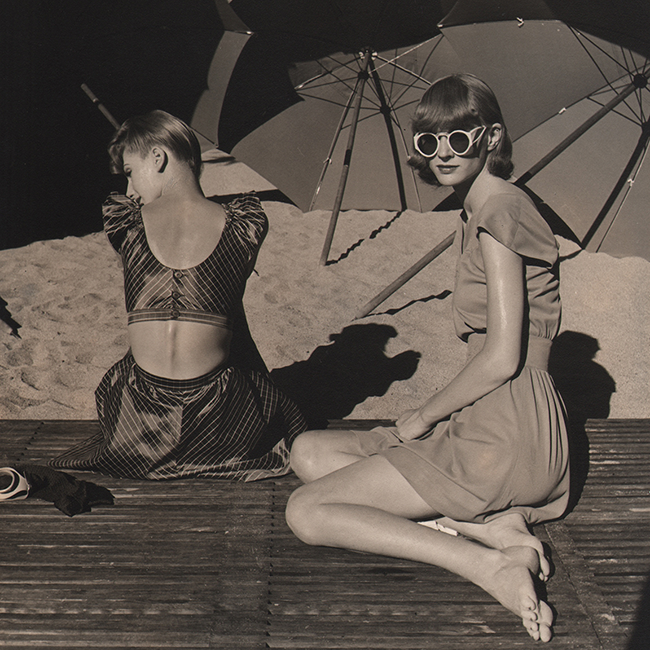When Wentao Wei was a child, his father would load him in the car and drive him to the most scenic spots of his own childhood in the province of Yunnan, China. Known as one of the most beautiful places in the country, the landscape inspired Wei’s father to share his belief in Taoist philosophy. Wei’s father told him the ultimate goal in life is to “achieve harmony between humanity and nature.” As Wei grew older, he discovered Western culture’s scientific way of thinking. Today, Wei is an artist. His recent series, “Appearance and Essence,” is influenced by looking at the world through Eastern and Western philosophies. Made between 2016-2019 in New York City’s Central Park, the images in the series contain both positive and negative space, the latter of which is always in the form of a circle. Wei says, “while the circle represents balance, it can also resemble the observation of nature through X-rays and microscopes.” Wei talks to PDN about developing “Appearance and Essence” and his view on the current relationship between humans and nature.
PDN: Can you say more about the symbolism of the circle in “Appearance and Essence”?
Wentao Wei: The circle represents two different meanings in my project. On the one hand, the combination of negative and positive spaces in my images echoes the idea of balance between “Yin” and “Yang” in Chinese philosophy, two opposing principles that coexist in everything. As a visual element, the circle amplifies the feeling of balance and harmony within a conceptually balanced space. On the other hand, the circle resembles [the view] through a lens. If you see it from a modern world perspective, it can be seen as either the X-ray or a microscope lens, which is used to look into certain things and for the study of nature. The negative space offers insights into the tree, which is in darkness. I often feel that film negatives can get closer to the truth.
PDN: What do you remember about visiting the Yunnan countryside with your father?
WW: I remember he encouraged me to get closer to nature and pay more attention to the surroundings, the air, the trees, and the water. This may sound plain, but it was special enough for a 10-year-old boy growing up in a big city. Another memory is him telling me that his dream after retirement is to go back to the village in Yunnan where he grew up. He wants to live in a small house in the countryside, farming, fishing, and writing like the seclusive Chinese poet Tao Yuanming to enjoy the simple pleasure of nature. The memories and my father have had a huge influence on me and have helped create a special bond for me with nature.
PDN: When you were in Central Park, what drew you to particular plants?
WW: I didn’t choose certain types of plants to photograph, but I did pay special attention to shapes and lines. I’ve always felt the shape of trees is very elegant.
PDN: What personal or photographic challenges did you encounter while creating “Appearance and Essence”?
WW: Photographically, the biggest challenge for this project was the weather. I only wanted to take the images in snowy weather, but the snow couldn’t be too heavy or too light. So the chances for me to make images was really limited, and I had to wait for the perfect snow to be able to photograph for this project. One personal challenge was the night I was shooting in Central Park and forgot about the time. I got a ticket from the police because the park closes at 11 pm, and because of that, I had to go to court. Luckily, I got dismissed by the judge without any fines. That was the first time in my life that I had to go to court.
PDN: Do you have a favorite image? Why?
WW: My personal favorite is the pine tree branch in the dark mist (No.7). For me, it encapsulates the relationship between humans and nature. The universe is such an infinite space that our knowledge can never grasp all of it. Just as in the image, we can only clearly see a small part of the tree’s branch through the mist, and it’s hard to tell how long this branch is and how big the whole tree is.
PDN: Many would argue that humans and nature are not currently in harmony. Does your work speak to this?
WW: The relationship between humans and nature has gone through different phases throughout history. We used to respect nature, but then we started to exploit it, and now we’re finally beginning to think about saving it. From my point of view, nature is always in the process of keeping its balance. If we see it from a macro-historical level, human beings are just like a spark in the history of the universe. The real harmony is beyond the appearances we can see. Even the disharmony is part of the larger picture of the harmony.
Wentao Wei was a winner in the PDN 2018 Curator Awards and PDN 2017 Photo Annual Awards. Originally from Beijing, China, and now based in New York, his work explores the interplay between Eastern and Western cultures, as well as the relationship between humans and nature. Wei graduated from the International Center of Photography in 2017.
-Sarah Stacke
Related Articles
Visualizing the Anthropocene
Robert Adams’s Lifelong Engagement with the Cottonwood Tree
Lucas Foglia’s “Human Nature” Finds New Ways To Understand Our Impact on the Environment (for PDN subscribers; login required)
